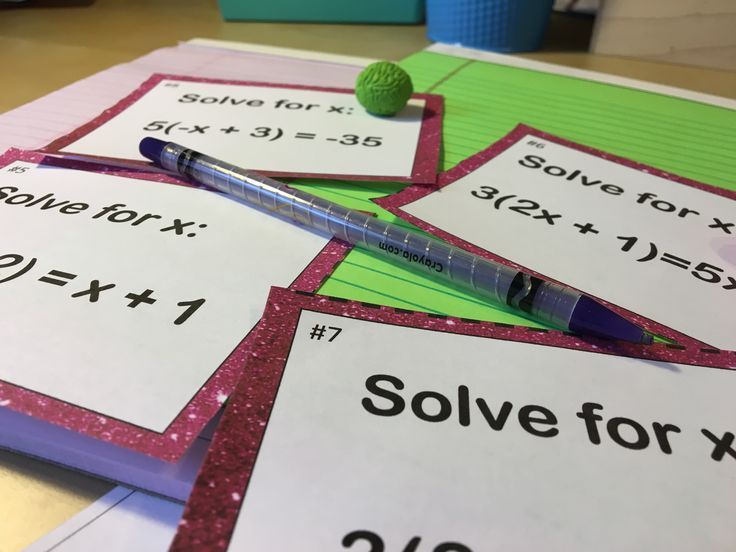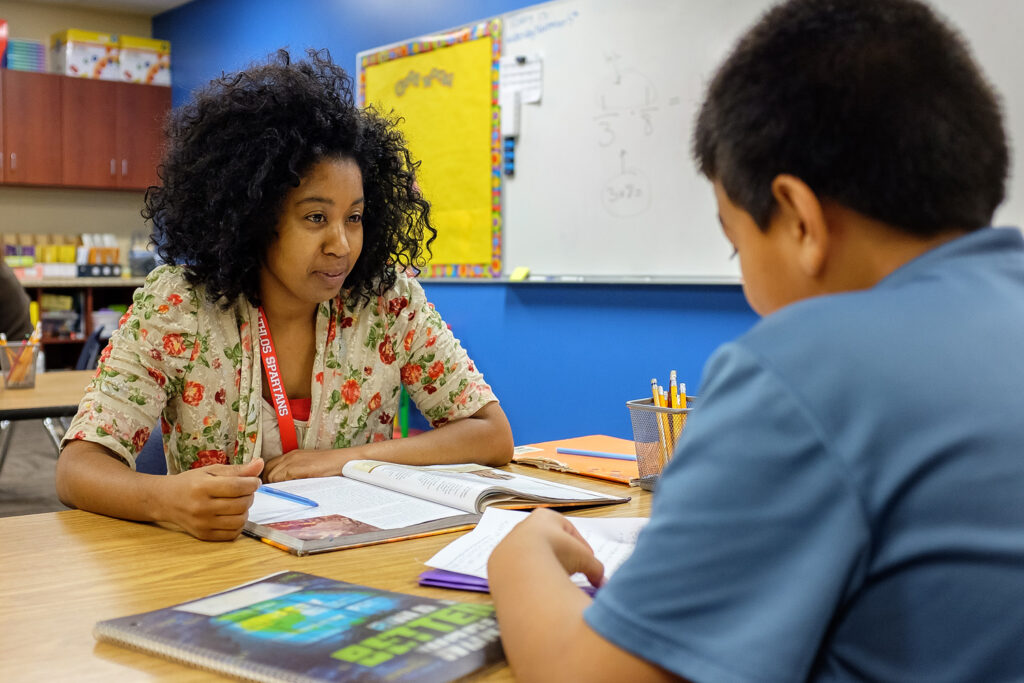
CourseworkEducational PsychologyITL520 Academic Language & LiteracyLiteracy and Reading StrategiesNational UniversityTeaching Mathematics
Metacognition
Metacognition is an engaging way to support student thinking. When students can think about the way that they think, they will be equipped with skills that allow them to monitor their own comprehension. Read Watch For this week’s discussion, we were to view and read the resources above and respond to the following prompts: Metacognition What does metacognition look like as it relates to literacy in a secondary classroom? Metacognition can be practiced in the classroom in various ways. For instance, during reading, students can make notes, write down their questions and reactions, or use graphic organizers to keep track...










